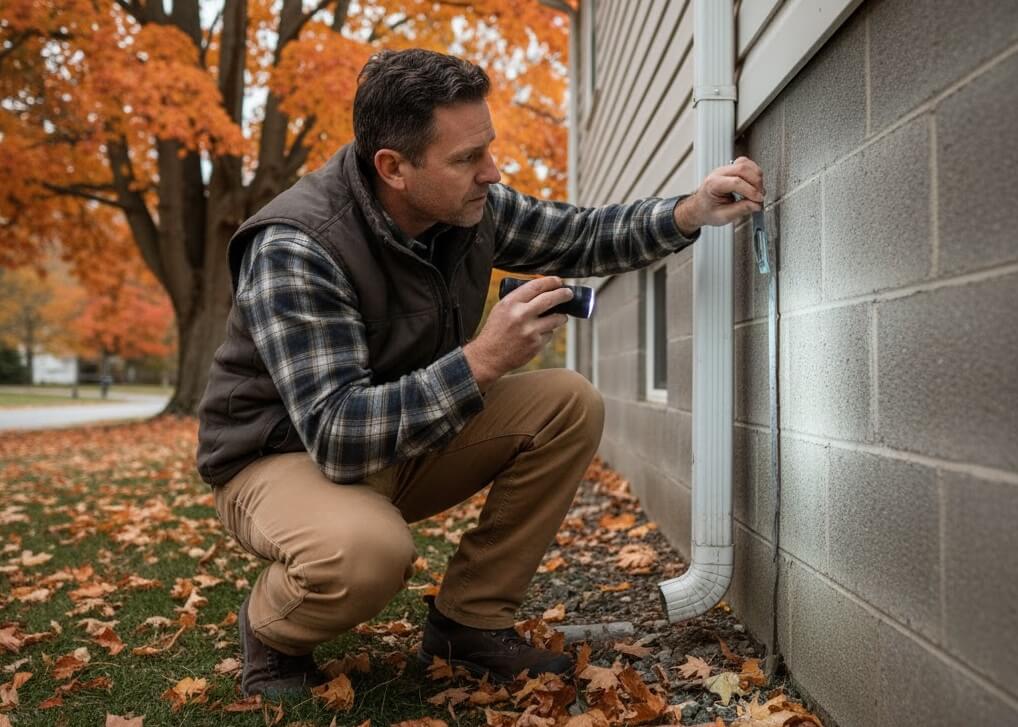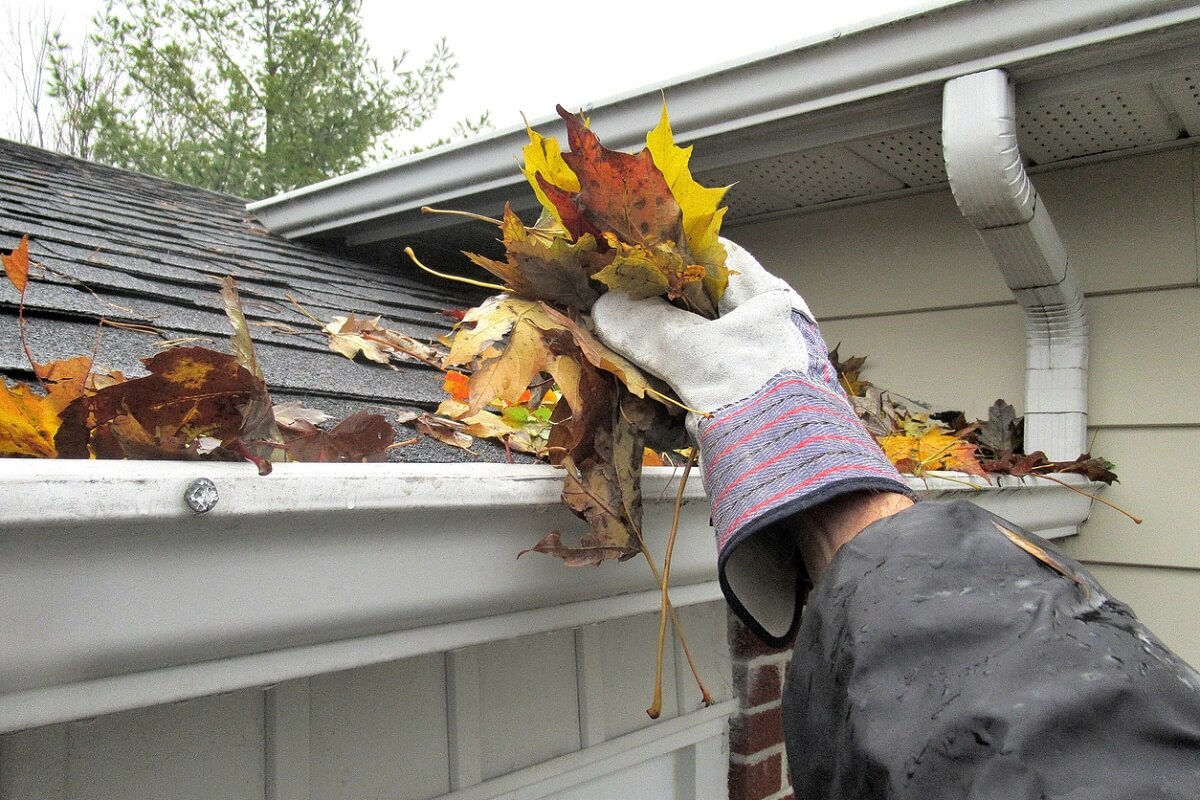Your Pre-Winter Foundation Inspection Checklist

As the vibrant colours of autumn fade and the air takes on a distinct chill, Southern Ontario homeowners turn their minds to preparing for the harsh winter ahead. While we often focus on furnaces, roof eaves, and sealing drafts, one of the most critical and often overlooked aspects of fall home maintenance is a thorough inspection of your foundation. A small investment of time now to prepare the foundation for winter can save you from catastrophic damage and the expense of major repairs come spring.
The foundation is the very bedrock of your home’s structural integrity. When exposed to the freezing and thawing cycles typical of our region, it becomes vulnerable to significant winter foundation problems. Being proactive is not just smart; it’s essential to protecting your most valuable asset.
Why Fall is the Critical Season for Foundation Health in Southern Ontario
Southern Ontario’s unique climate, with its heavy snowfalls, dramatic temperature swings, and freeze-thaw cycles, poses a direct threat to concrete and soil. The primary culprit for winter foundation problems in our area is frost heave.
Frost heave occurs when the ground, saturated with moisture from autumn rains or earlier precipitation, freezes. As water turns to ice, it expands, pushing up on anything in its path, including your foundation, concrete slab floors, and driveways. This movement puts incredible stress on your foundation walls and can easily lead to new structural damage.
Furthermore, any existing minor cracks in the foundation can widen as water seeps in, freezes, and expands, creating more severe winter foundation cracks. You can read more about the financial impact of cracks here. Compounded by poor drainage from clogged gutters or a compromised discharge line, the result is excessive hydrostatic pressure that can compromise the foundation’s stability and dramatically prevent water damage protection. Fall is the last opportunity to address these vulnerabilities before the ground freezes solid.
The Printable Pre-Winter Inspection Checklist
This simple, room-by-room, exterior-to-interior checklist provides a systematic way to identify potential risks and perform the necessary maintenance to prepare the foundation for winter.
Exterior Checks: Gutters, Downspouts, and Grading
The most significant threat to your foundation starts at the roofline.
- Clean Gutters and Downspouts: Ensure all gutters are completely free of leaves and debris. Clogged gutters overflow, depositing hundreds of litres of water directly against your foundation wall, which leads to soil saturation and increases the risk of frost heave.
- Check Downspout Extensions: Ensure your downspouts extend at least 6-10 feet away from the foundation. The goal is to move water far away from the immediate perimeter. Inspect for any holes or leaks in the downspout segments.
- Inspect Exterior Grading: The soil around your home should slope away from the foundation, dropping at least 6 inches over the first 10 feet. Flat or reverse grading will channel melting snow and ice right up against the concrete, increasing the likelihood of winter foundation cracks and winter foundation problems.

Foundation Wall Inspection: Spotting New Cracks
Walk the entire perimeter of your home, paying close attention to the exposed concrete and any parging or finishes.
- Look for New or Enlarged Cracks: Use a flashlight to inspect for vertical, horizontal, or diagonal winter foundation cracks. A good rule of thumb is that any crack wider than a loonie or a nickel is cause for concern.
- Check for Bowing or Bulging: Horizontal cracks near the middle of the wall, or a visible inward curvature, are signs of significant hydrostatic pressure and require immediate professional assessment.
- Look for Efflorescence: White, powdery mineral deposits (efflorescence) on the wall indicate that water is moving through the concrete. While not a structural issue in itself, it confirms a moisture problem that needs to be sealed to prevent water damage before the freeze cycle begins.
Sump Pump Test: Ensure It’s Ready for the Spring Thaw
While winter is drier, your sump pump maintenance is crucial because this is when the pump often sits idle. It must be ready for the massive amounts of meltwater during the spring thaw.
- Perform a Simple Test: Pour a bucket of water into the sump pit to raise the water level and engage the float switch. The pump should turn on immediately, evacuate the water, and then shut off.
- Inspect the Pump and Pit: Ensure the pump is standing upright and the pit is free of debris that could impede the float switch or clog the intake.
- Check the Back-up System: If you have a battery or water-powered back-up pump, test it to ensure it’s fully charged or functional in case of a power outage.
Discharge Line: Protect Against Freezing
A functional discharge line is essential for successful sump pump maintenance in areas where you’ve had trouble with freezing before. A frozen discharge line can render your sump pump useless, forcing water back into your basement during a mid-winter thaw or spring melt.
- Disconnect Temporary Hoses: Remove any flexible or temporary discharge hoses that cannot withstand freezing temperatures or may accumulate water.
- Insulate or Heat: For exposed exterior discharge lines, consider insulating the pipe or, for high-risk areas, wrapping it with heat trace cable to guard against a frozen discharge line.
- Ensure Slope: Confirm that the permanent discharge pipe leading away from the house maintains a continuous downward slope to prevent standing water from freezing inside. This is a vital step to prevent water damage later on.
Contact Conterra Foundation
Finding a problem is not a failure; it’s a success, because you found it before the costly damage occurred.
If you identify significant winter foundation cracks, horizontal bowing, or persistent water issues that your DIY efforts can’t resolve, do not wait. Winter foundation problems are best addressed while the ground is still soft enough for professional repairs and before the real freeze sets in.
Contact Conterra Foundation today to ensure your property is prepared for the winter. Delaying until spring simply allows the problem to worsen throughout the entire winter season.